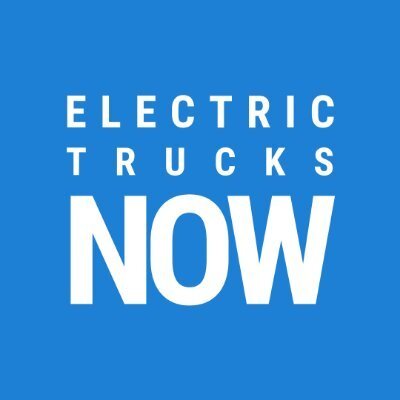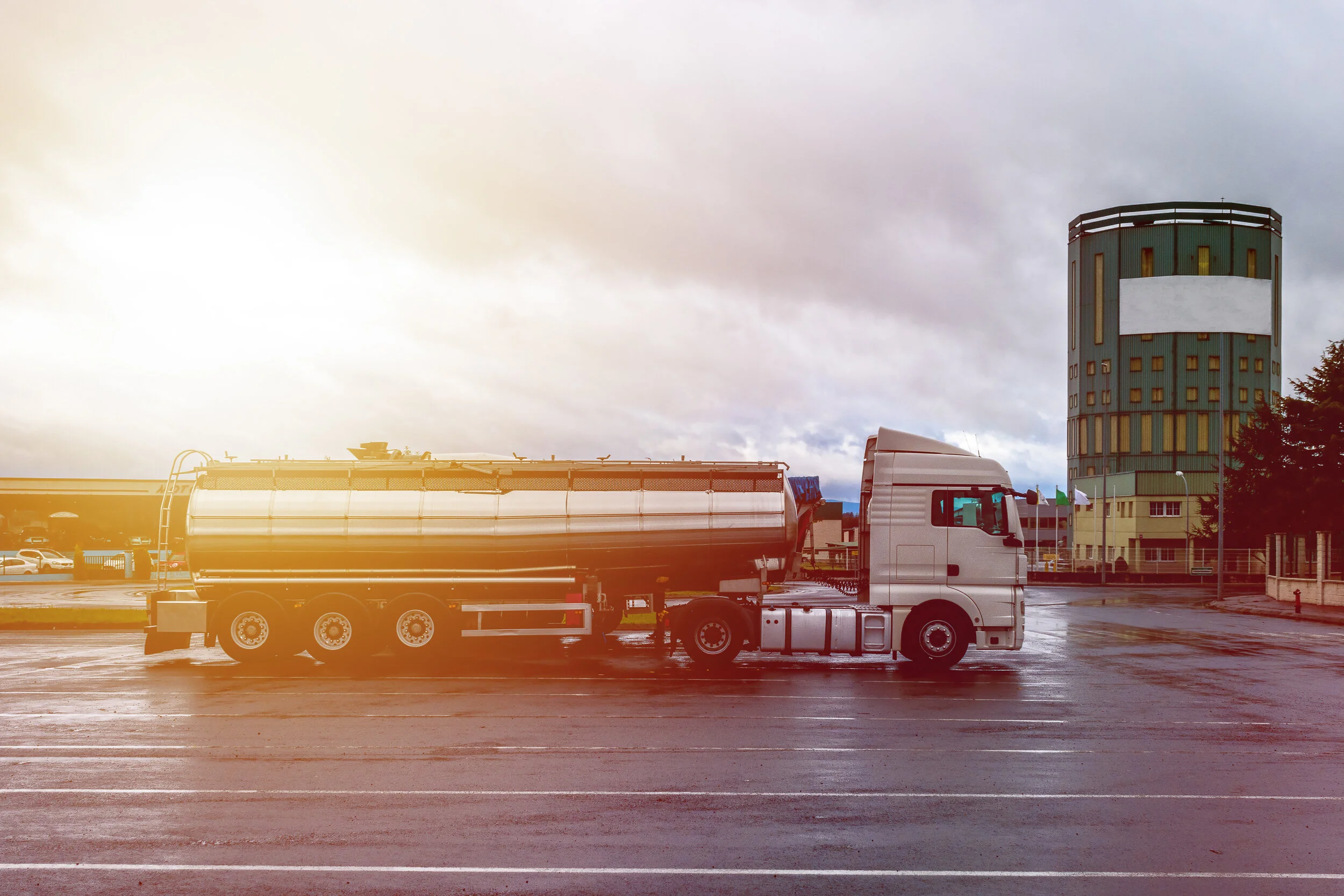States have a clear policy path to replace dirty diesel trucks and buses with clean electric vehicles.
In June 2020, 15 states and the District of Columbia committed to accelerating the transition from dirty diesel trucks and buses to clean, electric medium- and heavy-duty vehicles. The states pledged that 30% of truck sales would be zero-emission by 2030, and that all new truck sales would be all-electric by 2050.
The same month, the California Air Resources Board (CARB) started laying out the roadmap for states to reach this goal. The result was the adoption of the world’s first zero-emission commercial truck requirement, the Advanced Clean Trucks (ACT) rule. The rule requires truck makers to sell an increasing number of clean, zero-emission trucks across the state to improve air quality in polluted communities.
The Clean Air Act allows all states plagued by air pollution to adopt health-protective standards like the ACT.
The pathway to adopting standards that accelerate the transition to zero-emissions and cleaner air will vary from state to state. Some will require legislative action, others could adopt the regulations through agencies.
But nearly every state has the authority to make this commitment to #ElectricTrucksNow.
Learn more about the states that have already committed to zero-emission electric trucks and buses.

